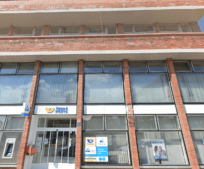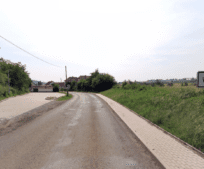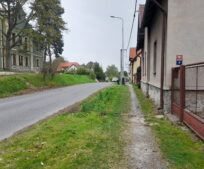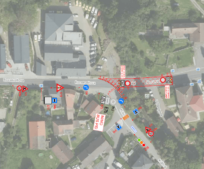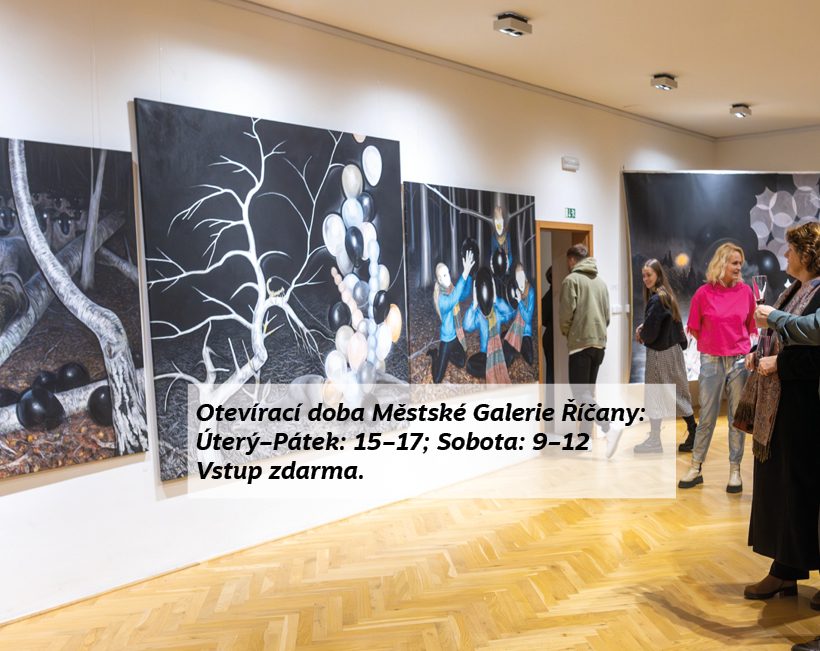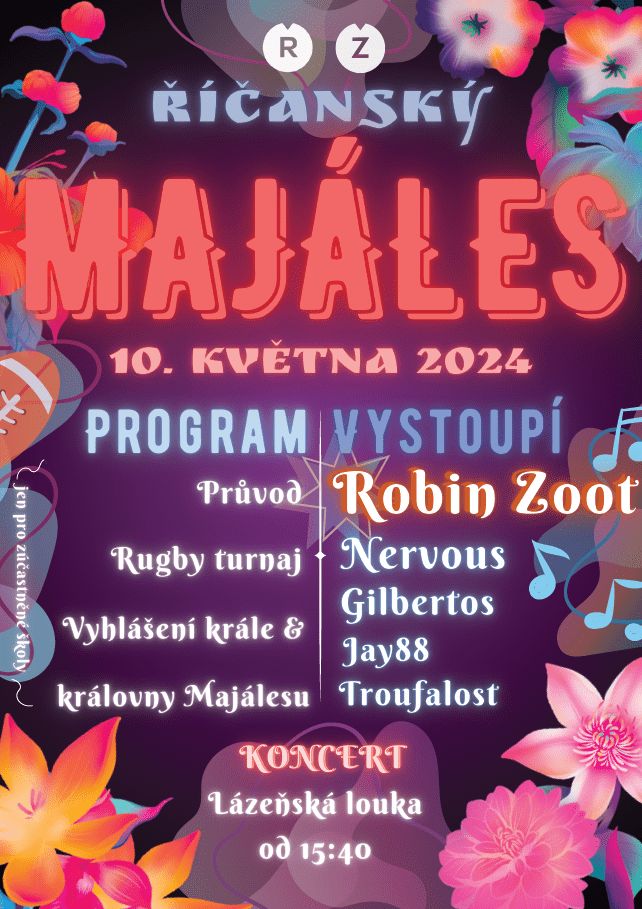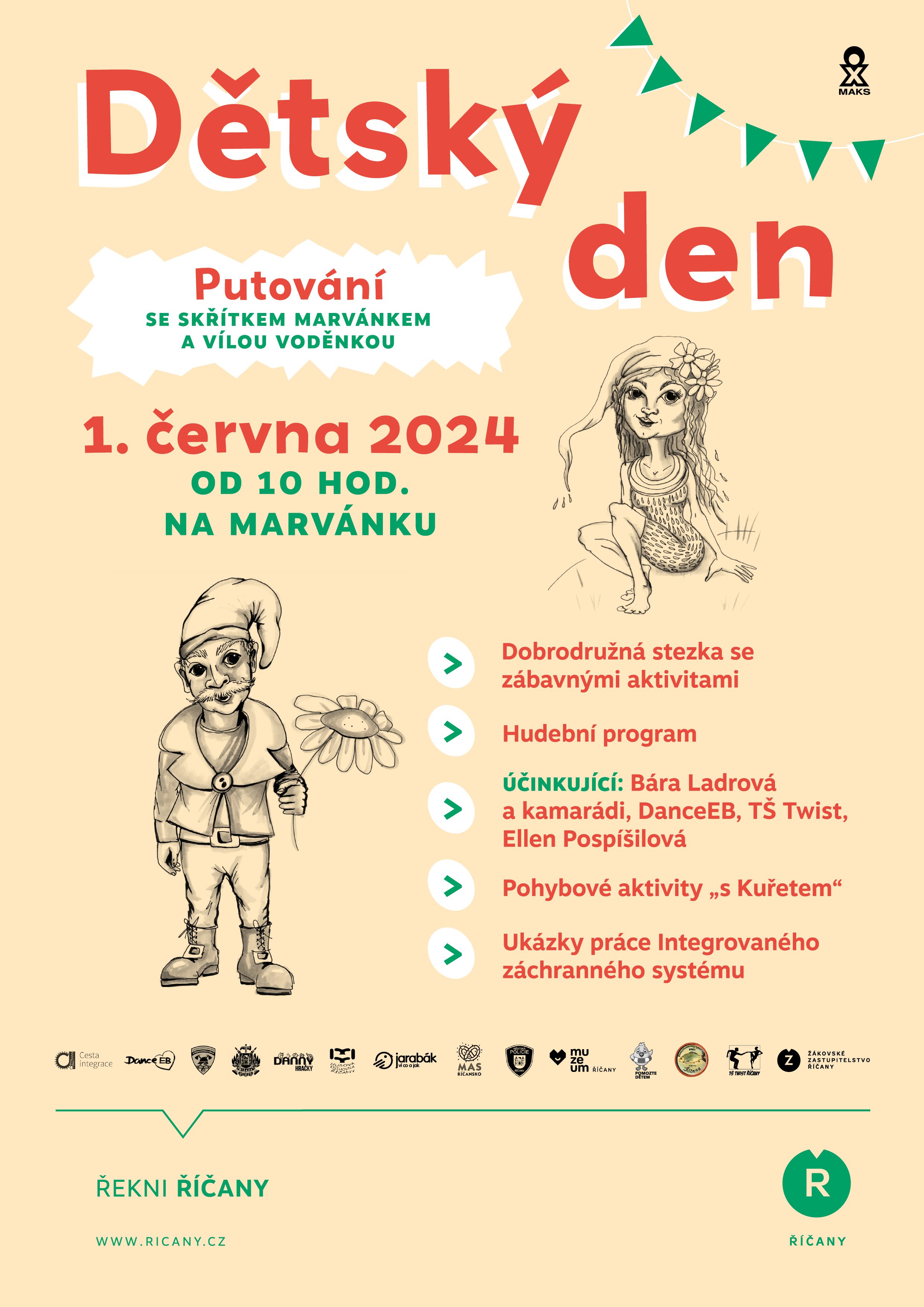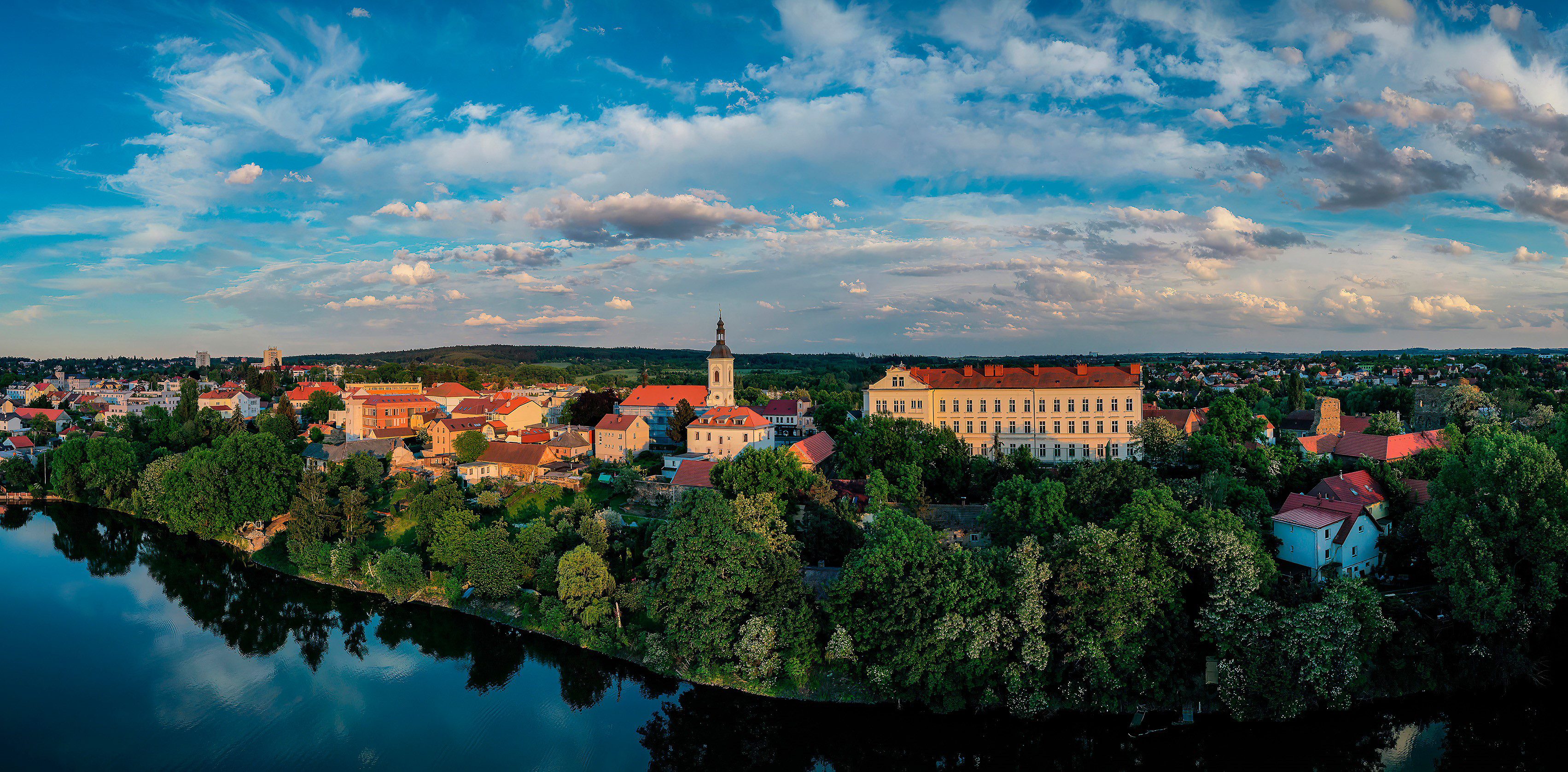
Jsme město plné života…
Zastavte se na chvíli a najděte si právě tu Vaši malou radost z kultury, sportu, historie nebo překrásné přírody kolem Říčan.
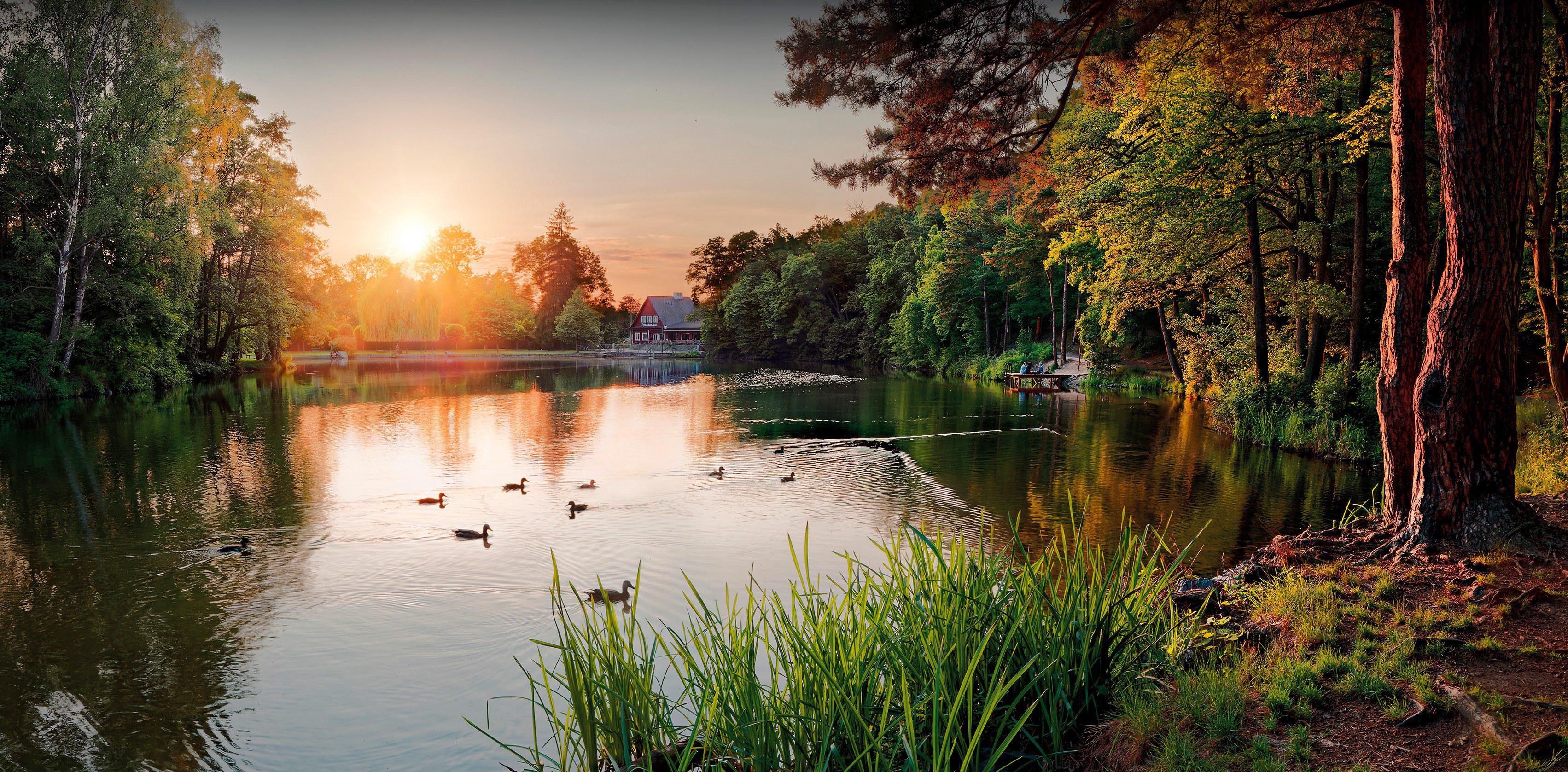
Jsme město plné přírody…
Meandry Rokytky, lesy kolem Olivovny, přírodní koupaliště, louky a remízky. Říčany jsou město v náruči přírody, v každém ročním období.
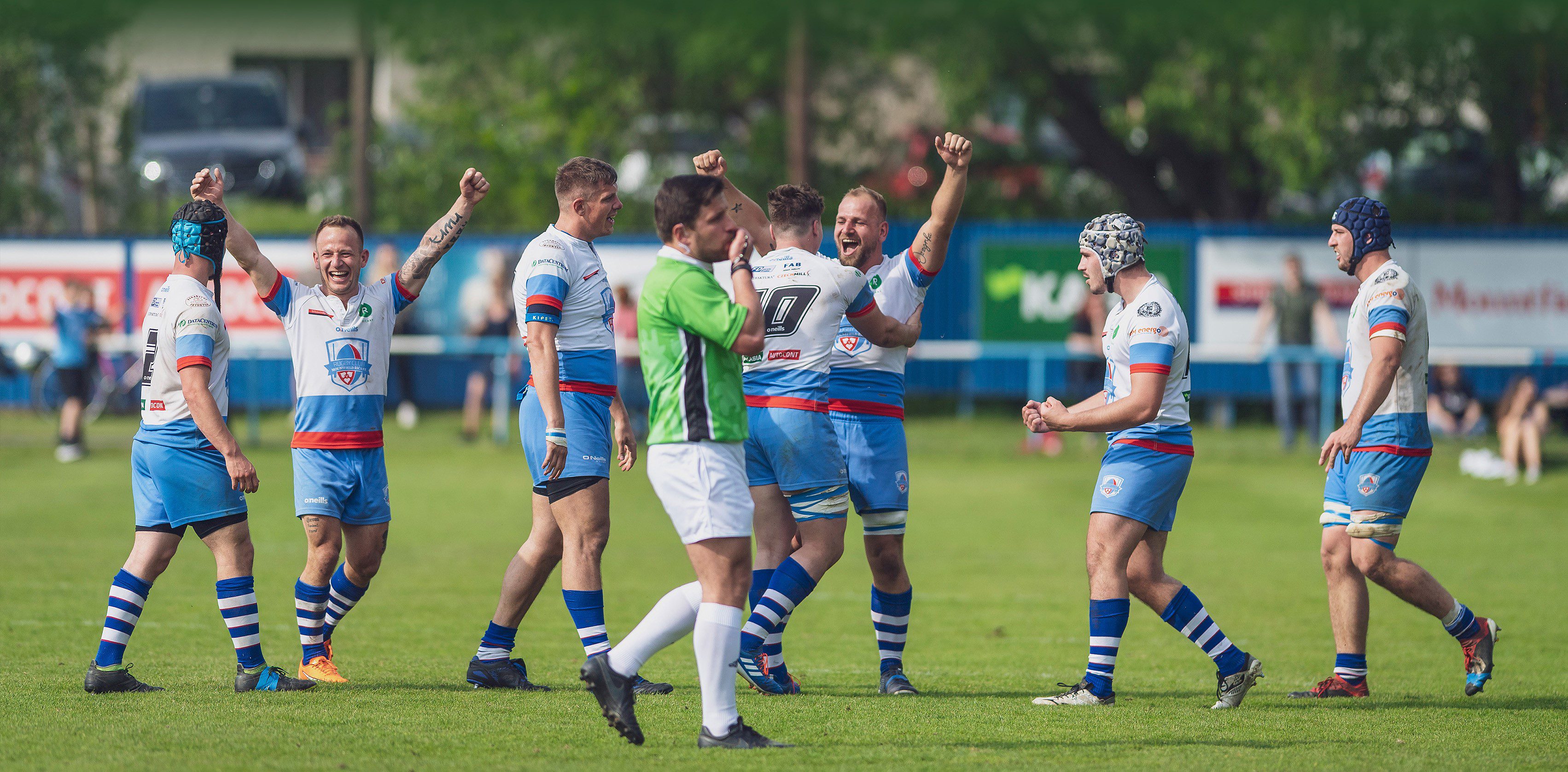
Jsme město plné sportu…
Náš život je radost z pohybu – s dětmi, kamarády i na té nejvyšší úrovni. Každý si může najít to své, v Říčanech je sport pro všechny.
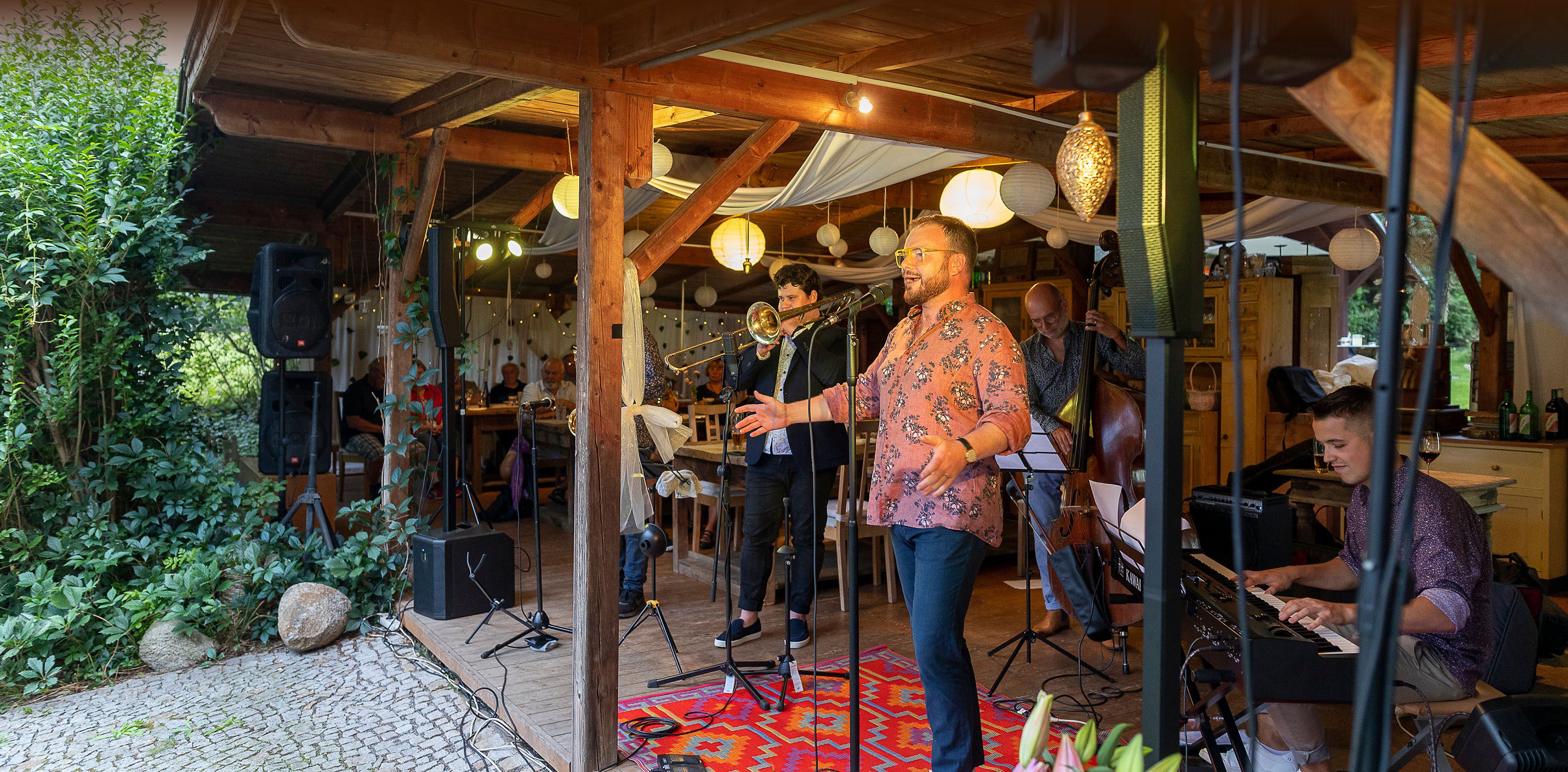
Jsme město plné kultury…
Každý den se něco chystá – koncerty, filmy, výstavy či divadelní představení. Ať je vám pět nebo pětadevadesát, tady se nudit určitě nebudete.
Aktuality
Kultura a volný čas
Potřebujete něco zařídit?
